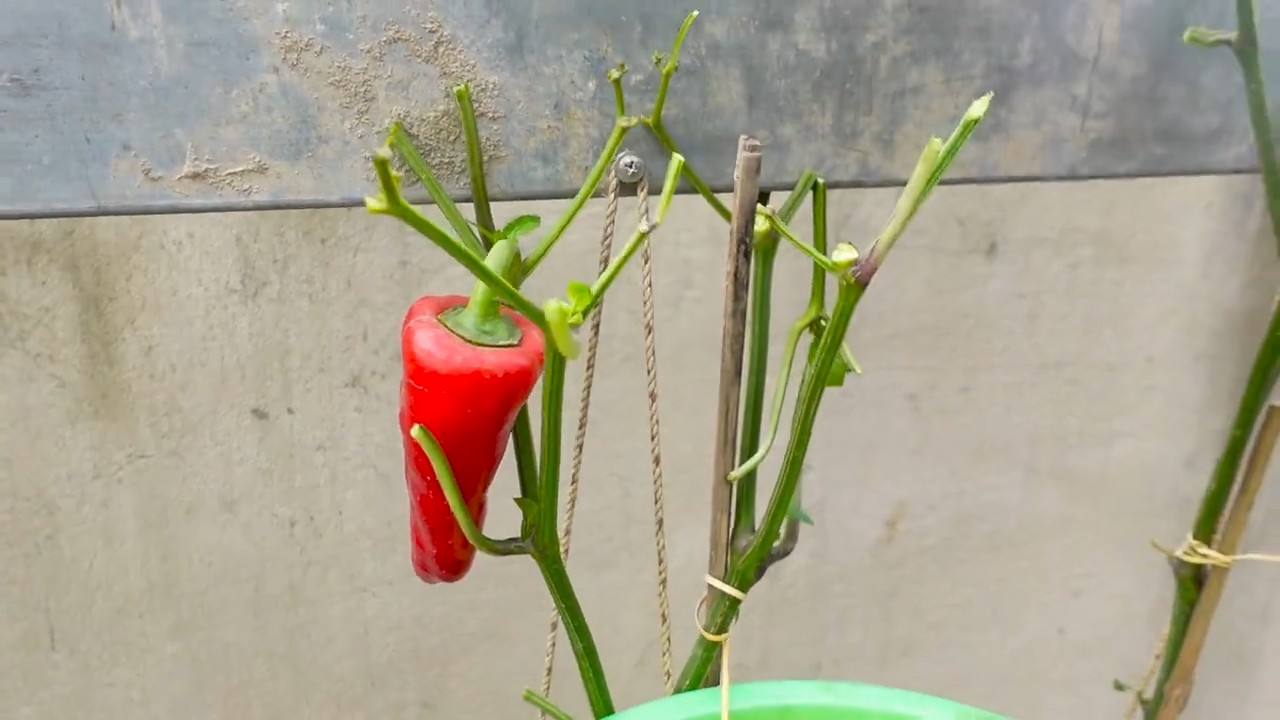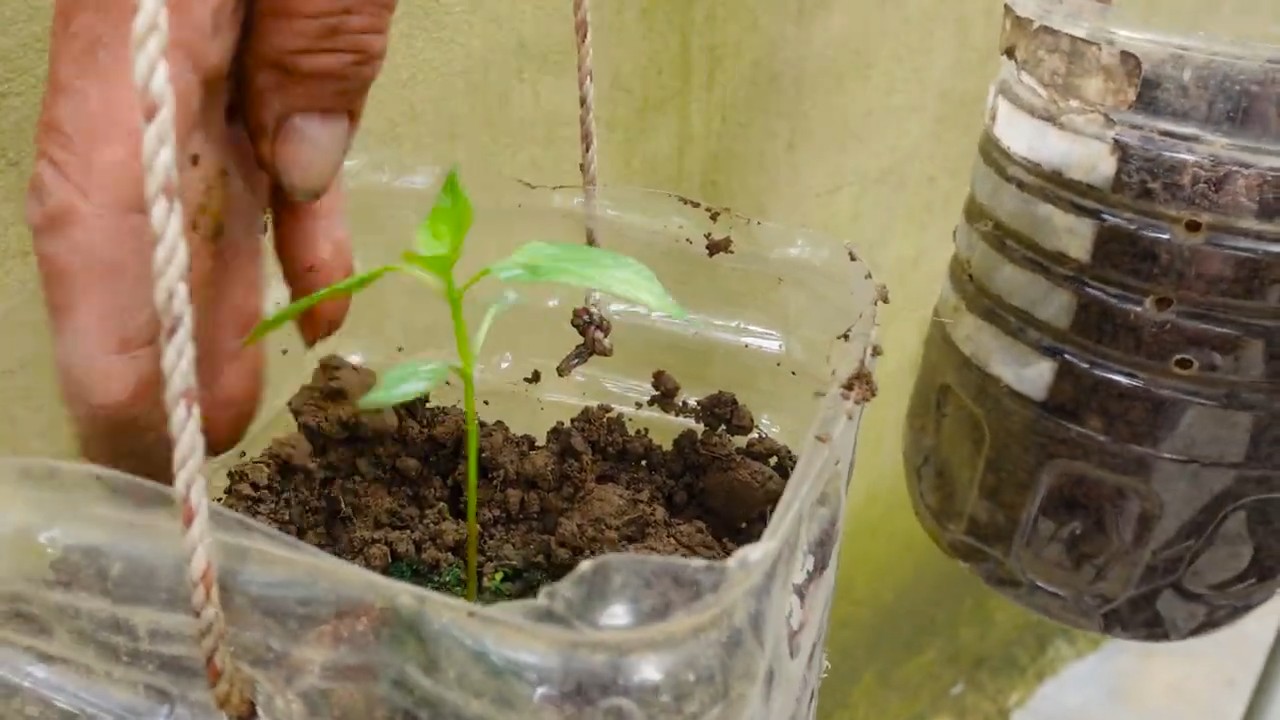Amazing Homemade Chili Recipe: Craving a bowl of warmth and flavor that explodes with deliciousness? Forget those bland, store-bought versions! I’m about to share my secret weapon – an amazing homemade chili recipe that’s so good, it’ll have your family and friends begging for more.
Chili, in its essence, is a dish steeped in history, born from the resourceful kitchens of the American Southwest. It’s a culinary melting pot, blending indigenous ingredients with influences from Spanish and Mexican cuisine. For generations, chili has been a symbol of comfort, community, and hearty nourishment.
But let’s be honest, life gets busy! Who has time to spend hours slaving over a hot stove? That’s where this recipe comes in. I’ve perfected a method that delivers incredible flavor without requiring you to be a professional chef or spend all day in the kitchen. This isn’t just about making chili; it’s about creating a memorable experience, a dish that brings people together and warms them from the inside out. Plus, you can customize it to your liking, adding more spice, different beans, or even a touch of chocolate for a truly unique flavor profile. So, ditch the canned stuff and get ready to embark on a chili-making adventure! I promise, you won’t regret it!

Das ultimative hausgemachte Chili-Rezept: So gelingt’s garantiert!
Hey Leute, ich liebe Chili! Und ich rede hier nicht von dem Zeug aus der Dose. Ich rede von herzhaftem, aromatischem, selbstgemachtem Chili, das dich von innen wärmt und einfach glücklich macht. Ich habe jahrelang an diesem Rezept gefeilt, und ich bin so aufgeregt, es endlich mit euch zu teilen. Es ist einfacher, als du denkst, und das Ergebnis ist einfach unglaublich. Also, krempeln wir die Ärmel hoch und legen los!
Was du brauchst: Die Zutatenliste
Bevor wir anfangen, stell sicher, dass du alles griffbereit hast. Hier ist eine Liste der Zutaten, die du für dieses Chili-Meisterwerk benötigst:
* Fleisch: 1 kg Rinderhackfleisch (oder eine Mischung aus Rind und Schwein, wenn du es etwas reichhaltiger magst)
* Zwiebeln: 2 große, gewürfelt
* Knoblauch: 4-5 Zehen, gehackt
* Paprika: 1 rote und 1 grüne Paprika, gewürfelt
* Chilischoten: 1-2 Jalapeños (oder andere Chilis deiner Wahl, je nach gewünschtem Schärfegrad), fein gehackt (entferne die Kerne für weniger Schärfe)
* Tomaten: 1 Dose (800g) gehackte Tomaten
* Tomatenmark: 2 EL
* Rinderbrühe: 500 ml
* Bohnen: 1 Dose (400g) Kidneybohnen, abgetropft und gespült
* Bohnen: 1 Dose (400g) schwarze Bohnen, abgetropft und gespült
* Gewürze:
* 2 EL Chilipulver
* 1 EL Kreuzkümmel
* 1 TL geräuchertes Paprikapulver
* 1 TL Oregano
* 1/2 TL Cayennepfeffer (optional, für extra Schärfe)
* Salz und Pfeffer nach Geschmack
* Öl: 2 EL Olivenöl (oder ein anderes Pflanzenöl)
* Optional:
* 1 EL Kakaopulver (für eine tiefere, reichhaltigere Note)
* 1 EL Apfelessig (für eine leichte Säure)
* Frische Korianderblätter, gehackt (zum Garnieren)
* Saure Sahne oder Joghurt (zum Servieren)
* Geriebener Käse (zum Servieren)
Schritt-für-Schritt-Anleitung: So kochst du das perfekte Chili
Jetzt, wo wir alle Zutaten haben, können wir mit dem Kochen beginnen. Keine Sorge, es ist wirklich nicht schwer!
1. Fleisch anbraten: Erhitze das Olivenöl in einem großen Topf oder Dutch Oven bei mittlerer bis hoher Hitze. Gib das Hackfleisch hinzu und brate es an, bis es braun und krümelig ist. Achte darauf, es während des Bratens mit einem Löffel oder Pfannenwender zu zerdrücken. Gieße überschüssiges Fett ab.
2. Gemüse hinzufügen: Gib die gewürfelten Zwiebeln und den gehackten Knoblauch zum Fleisch in den Topf. Brate sie an, bis sie weich und glasig sind, etwa 5-7 Minuten. Füge dann die gewürfelten Paprika und die gehackten Chilischoten hinzu und brate sie weitere 3-5 Minuten an, bis sie leicht weich sind.
3. Tomatenmark einrühren: Gib das Tomatenmark in den Topf und brate es etwa 1 Minute mit an. Das Rösten des Tomatenmarks hilft, seinen Geschmack zu intensivieren.
4. Tomaten und Brühe hinzufügen: Gib die gehackten Tomaten und die Rinderbrühe in den Topf. Rühre alles gut um, um sicherzustellen, dass das Tomatenmark gut verteilt ist.
5. Würzen: Füge Chilipulver, Kreuzkümmel, geräuchertes Paprikapulver, Oregano, Cayennepfeffer (falls verwendet), Salz und Pfeffer hinzu. Rühre alles gut um, um sicherzustellen, dass die Gewürze gleichmäßig verteilt sind.
6. Köcheln lassen: Bringe das Chili zum Kochen, reduziere dann die Hitze auf niedrig und lasse es zugedeckt mindestens 1 Stunde köcheln. Je länger es köchelt, desto besser werden sich die Aromen verbinden. Ich lasse es oft 2-3 Stunden köcheln, wenn ich Zeit habe. Rühre es gelegentlich um, um sicherzustellen, dass es nicht anbrennt.
7. Bohnen hinzufügen: Nach dem Köcheln gib die Kidneybohnen und die schwarzen Bohnen in den Topf. Rühre sie gut unter und lasse das Chili weitere 30 Minuten köcheln, damit die Bohnen warm werden und die Aromen sich verbinden können.
8. Optional: Kakao und Essig hinzufügen: Wenn du möchtest, kannst du jetzt das Kakaopulver und den Apfelessig hinzufügen. Rühre sie gut unter und lasse das Chili weitere 5-10 Minuten köcheln.
9. Abschmecken und anpassen: Schmecke das Chili ab und passe die Würzung nach Bedarf an. Vielleicht möchtest du mehr Salz, Pfeffer, Chilipulver oder Cayennepfeffer hinzufügen, um den Geschmack zu perfektionieren.
10. Servieren: Serviere das Chili heiß, garniert mit frischen Korianderblättern, saurer Sahne oder Joghurt und geriebenem Käse. Es schmeckt auch hervorragend mit Tortilla-Chips, Maisbrot oder Reis.
Tipps und Tricks für das perfekte Chili
Hier sind noch ein paar zusätzliche Tipps, die dir helfen, das beste Chili aller Zeiten zu kochen:
* Verwende hochwertiges Fleisch: Die Qualität des Fleisches hat einen großen Einfluss auf den Geschmack des Chilis. Verwende am besten Rinderhackfleisch mit einem Fettanteil von etwa 80/20.
* Röste die Gewürze: Bevor du die Gewürze zum Chili gibst, kannst du sie kurz in einer trockenen Pfanne anrösten, um ihre Aromen zu intensivieren. Achte darauf, sie nicht zu verbrennen.
* Lass das Chili ruhen: Chili schmeckt am nächsten Tag oft noch besser, da sich die Aromen über Nacht noch besser verbinden können.
* Experimentiere mit verschiedenen Bohnen: Du kannst verschiedene Arten von Bohnen verwenden, wie z.B. Pintobohnen, Cannellinibohnen oder sogar Kichererbsen.
* Füge Gemüse hinzu: Du kannst auch anderes Gemüse wie Mais, Zucchini oder Süßkartoffeln hinzufügen, um das Chili noch nahrhafter und geschmackvoller zu machen.
* Verwende einen Slow Cooker: Wenn du wenig Zeit hast, kannst du das Chili auch in einem Slow Cooker zubereiten. Gib alle Zutaten in den Slow Cooker und koche es 6-8 Stunden auf niedriger Stufe oder 3-4 Stunden auf hoher Stufe.
* Schärfe anpassen: Die Menge an Chilischoten und Cayennepfeffer kann je nach gewünschtem Schärfegrad angepasst werden. Beginne mit einer kleinen Menge und füge nach Bedarf mehr hinzu.
* Einfrieren: Chili lässt sich hervorragend einfrieren. Fülle es in luftdichte Behälter oder Gefrierbeutel und friere es bis zu 3 Monate ein.
Variationen: Chili nach deinem Geschmack
Das Schöne an Chili ist, dass es so vielseitig ist. Du kannst es ganz einfach an deinen Geschmack anpassen. Hier sind ein paar Ideen für Variationen:
* Vegetarisches Chili: Ersetze das Fleisch durch mehr Bohnen, Gemüse oder Tofu.
* Hähnchen-Chili: Verwende Hähnchenbrust oder -keulen anstelle von Rindfleisch.
* Weiße Bohnen-Chili: Verwende weiße Bohnen anstelle von Kidneybohnen und schwarzen Bohnen.
* Chili Verde: Verwende grüne Tomaten (Tomatillos) und grüne Chilischoten für eine frische, würzige Variante.
* Süßes Chili: Füge etwas braunen Zucker

Conclusion
So, there you have it! This amazing homemade chili recipe isn’t just another recipe; it’s a gateway to chili perfection, tailored to your exact preferences. We’ve walked you through the steps to create a rich, flavorful, and deeply satisfying chili that will rival anything you can find in a restaurant or a can. The beauty of this recipe lies in its adaptability. Feel free to experiment with different types of beans – kidney, pinto, black, or even a combination – to find your perfect blend. If you’re feeling adventurous, try adding a touch of dark chocolate or a splash of balsamic vinegar to deepen the flavor profile. For those who prefer a spicier kick, increase the amount of chili powder or add a pinch of cayenne pepper.
But the real magic happens when you make it your own. Don’t be afraid to deviate from the recipe and add your personal touch. Maybe you have a secret ingredient that your family loves, or perhaps you prefer a chunkier texture. The possibilities are endless!
This amazing homemade chili recipe is more than just a meal; it’s an experience. It’s the aroma that fills your kitchen, the warmth that spreads through your body, and the satisfaction of knowing that you created something truly special. It’s a dish that brings people together, sparks conversation, and creates lasting memories.
We truly believe that once you try this recipe, you’ll never go back to store-bought chili again. It’s that good! The depth of flavor, the quality of ingredients, and the sheer satisfaction of making it yourself are simply unmatched. Plus, you have complete control over the ingredients, ensuring that you’re only using the best and freshest components.
So, what are you waiting for? Gather your ingredients, put on your apron, and get ready to embark on a culinary adventure. We’re confident that you’ll be amazed by the results. And once you’ve created your masterpiece, we want to hear all about it! Share your photos, your variations, and your experiences with us. Let us know what you loved, what you changed, and what you learned. We’re all in this together, and we can learn from each other’s experiences.
Don’t just take our word for it. Try this amazing homemade chili recipe and discover the difference for yourself. You won’t be disappointed! We encourage you to share your creations with friends and family, and spread the joy of homemade chili far and wide. Let’s start a chili revolution!
Frequently Asked Questions (FAQ)
Q: Can I make this chili in a slow cooker?
A: Absolutely! Slow cookers are perfect for developing deep, rich flavors in chili. To adapt this recipe for a slow cooker, brown the ground beef and onions as instructed in the recipe. Then, transfer all the ingredients to your slow cooker, stir well, and cook on low for 6-8 hours or on high for 3-4 hours. Be sure to check the chili periodically and add more broth if needed to maintain the desired consistency. Slow cooking allows the flavors to meld together beautifully, resulting in an even more flavorful chili.
Q: What kind of beans should I use?
A: The choice of beans is entirely up to your personal preference! Kidney beans are a classic choice for chili, providing a hearty and slightly sweet flavor. Pinto beans are another popular option, offering a creamy texture and earthy taste. Black beans add a smoky and slightly sweet flavor, while cannellini beans provide a milder, more delicate taste. You can also use a combination of different beans to create a more complex flavor profile. Experiment and see what you like best!
Q: Can I use ground turkey or chicken instead of ground beef?
A: Yes, you can definitely substitute ground turkey or chicken for ground beef. Just keep in mind that ground turkey and chicken tend to be leaner than ground beef, so you may need to add a little extra olive oil to the pot when browning the meat to prevent it from sticking. Also, ground turkey and chicken may cook faster than ground beef, so be sure to monitor the cooking time closely. The flavor will be slightly different, but still delicious!
Q: How can I make this chili spicier?
A: There are several ways to increase the heat level of this chili. You can add more chili powder, cayenne pepper, or red pepper flakes. You can also use hotter varieties of chili peppers, such as jalapeños, serranos, or habaneros. If you’re using fresh chili peppers, be sure to remove the seeds and membranes before adding them to the chili, as that’s where most of the heat is concentrated. Another option is to add a few dashes of hot sauce to the chili while it’s cooking. Start with a small amount and taste as you go, adding more until you reach your desired level of spiciness.
Q: Can I freeze this chili?
A: Yes, this chili freezes very well. Allow the chili to cool completely before transferring it to freezer-safe containers or bags. Be sure to leave some headspace in the containers or bags to allow for expansion during freezing. The chili can be stored in the freezer for up to 3 months. When you’re ready to eat it, thaw the chili in the refrigerator overnight or in the microwave. Reheat the chili on the stovetop or in the microwave until it’s heated through. Freezing is a great way to have a delicious and convenient meal on hand whenever you need it.
Q: What are some good toppings for chili?
A: The possibilities for chili toppings are endless! Some popular choices include shredded cheese (cheddar, Monterey Jack, or pepper jack), sour cream or Greek yogurt, chopped onions or scallions, diced tomatoes, avocado slices, cilantro, jalapeños, and tortilla chips. You can also add a dollop of guacamole or a drizzle of hot sauce. Get creative and experiment with different toppings to find your perfect combination.
Q: Can I make this chili vegetarian or vegan?
A: Absolutely! To make this chili vegetarian, simply omit the ground beef and add more beans or vegetables. You can also use a plant-based ground meat substitute. To make it vegan, be sure to use vegetable broth instead of beef broth and omit any dairy-based toppings. You can also add some diced sweet potatoes, corn, or zucchini to add more flavor and texture.
Q: How long does this chili last in the refrigerator?
A: Properly stored, this chili will last for 3-4 days in the refrigerator. Be sure to store it in an airtight container to prevent it from drying out or absorbing odors from other foods in the refrigerator.
Q: What can I serve with this chili?
A: Chili is a versatile dish that can be served with a variety of sides. Some popular choices include cornbread, crackers, tortilla chips, a side salad, or a baked potato. You can also serve it over rice or pasta.
Q: Can I use canned tomatoes instead of diced tomatoes?
A: Yes, you can use canned crushed tomatoes, diced tomatoes, or tomato sauce as a substitute for diced tomatoes. If you’re using crushed tomatoes or tomato sauce, you may want to add a little extra water or broth to the chili to thin it out.





Leave a Comment